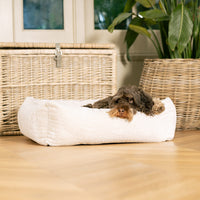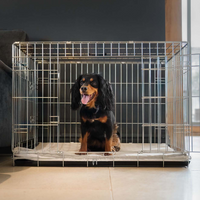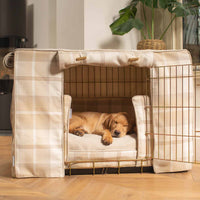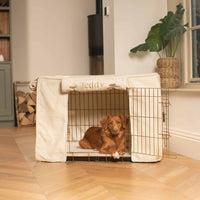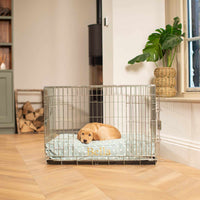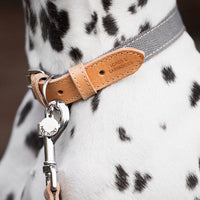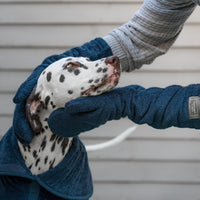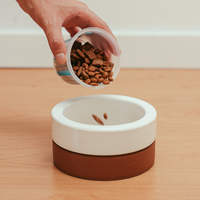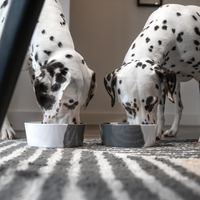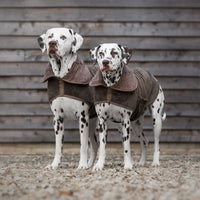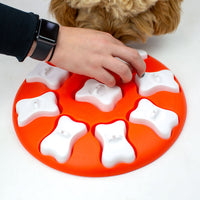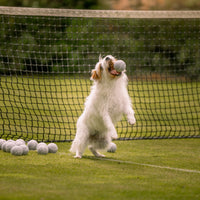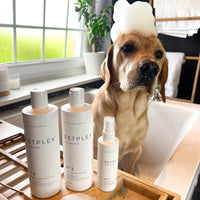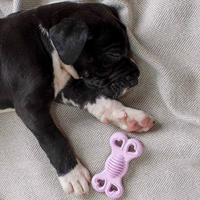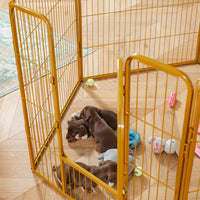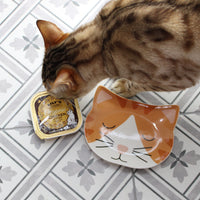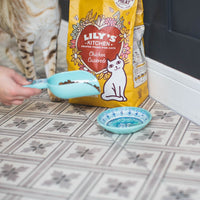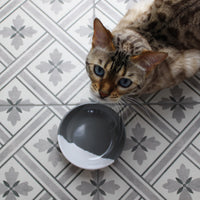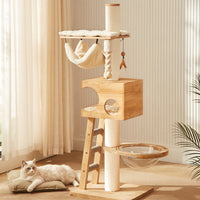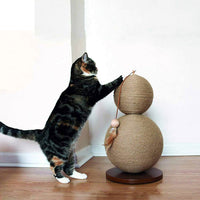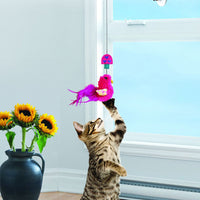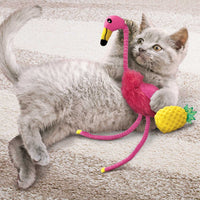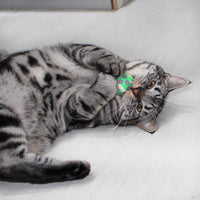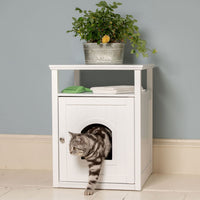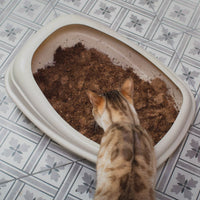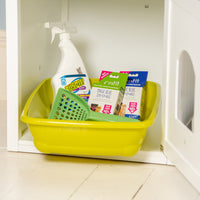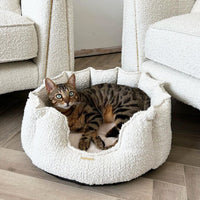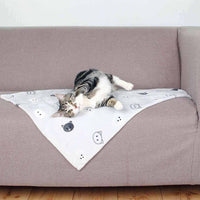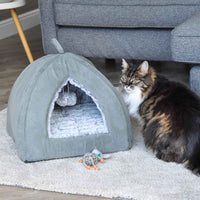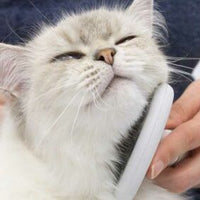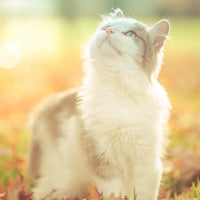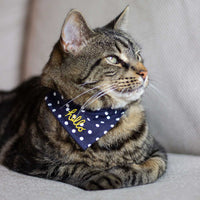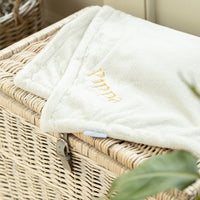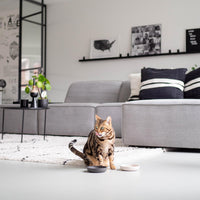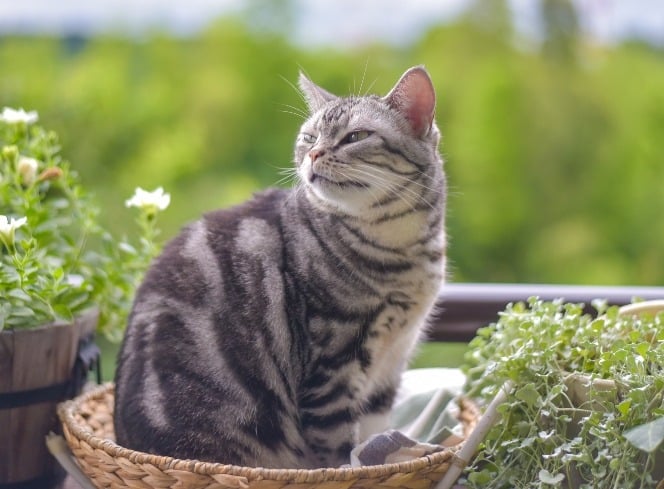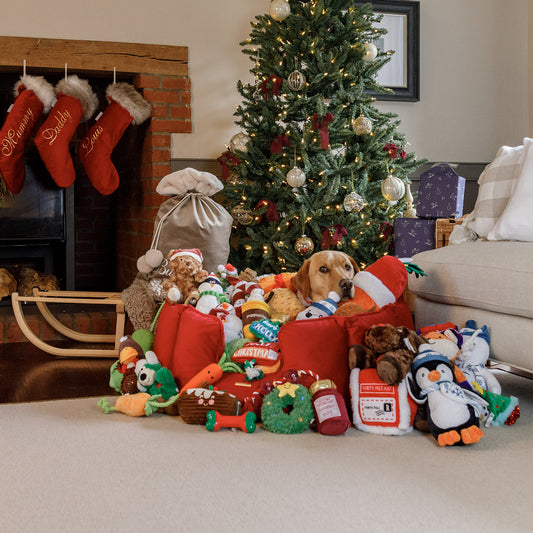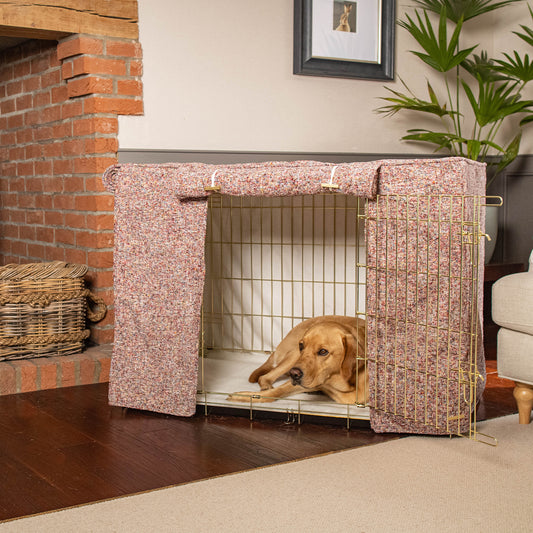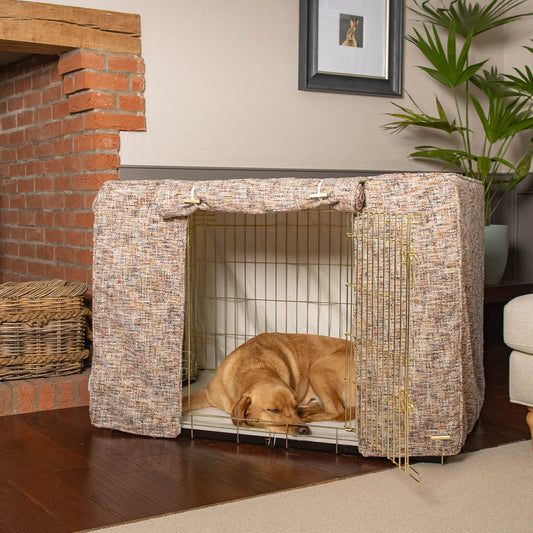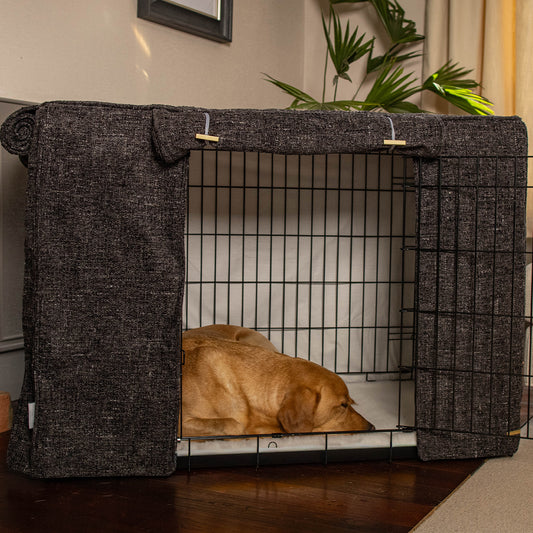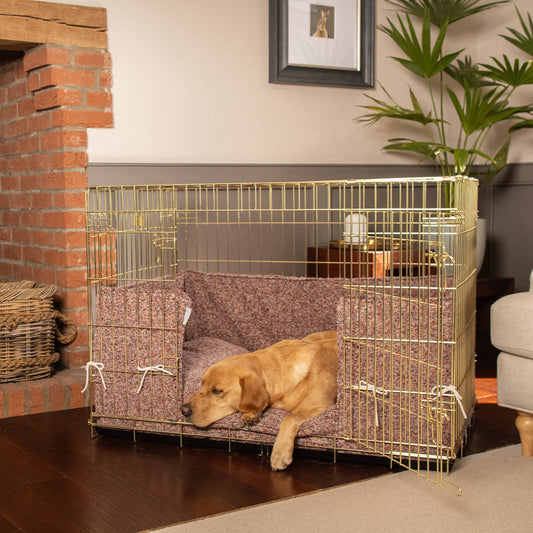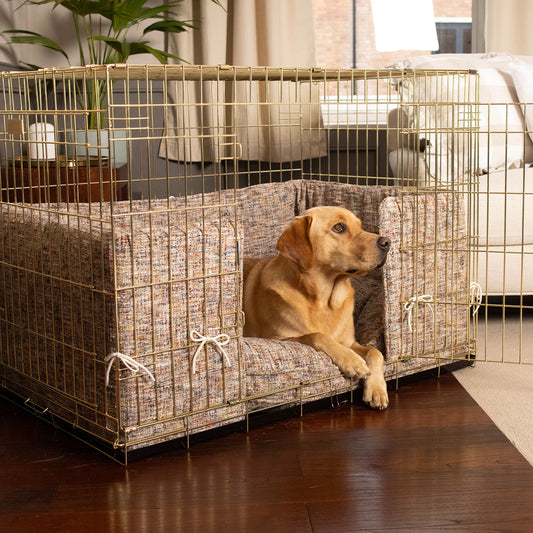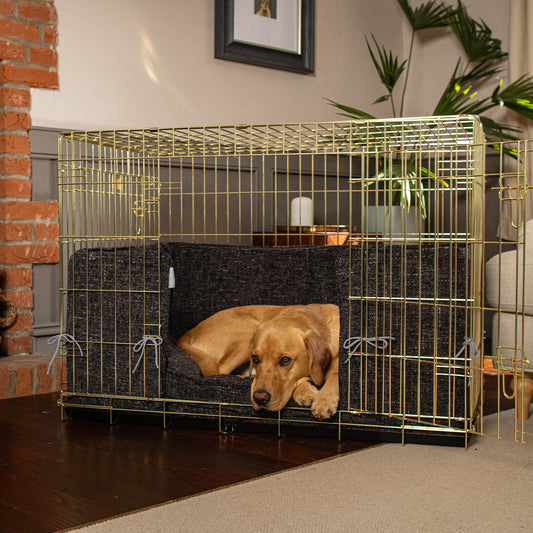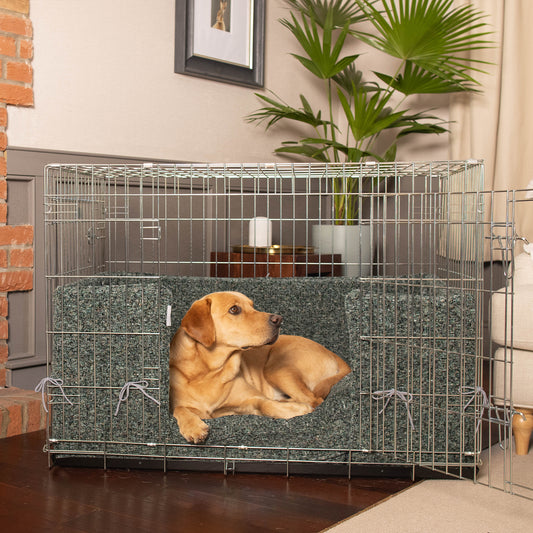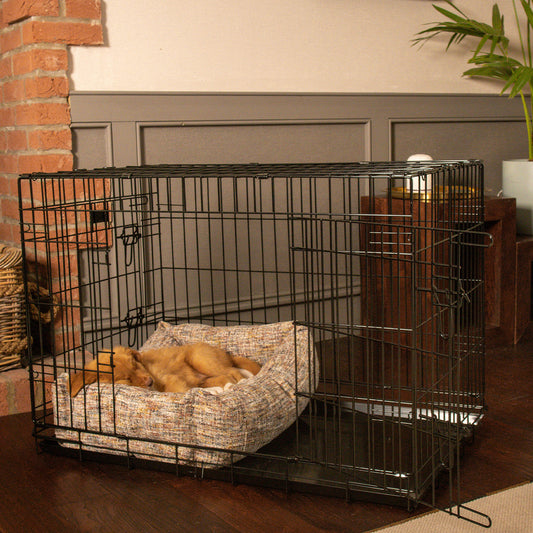Christmas is a magical time filled with joy, laughter, and the spirit of giving. As we prepare our homes with decorations and gifts, our feline friends often watch with curiosity and intrigue. This year, why not make your cat a part of the festive countdown by creating a personalised advent calendar? Not only will it bring daily excitement to your pet, but it also strengthens the bond you share. Here's how you can craft the perfect advent calendar for your cat and make this Christmas truly unforgettable.
Why Create a Cat Advent Calendar?
- Stimulation: Cats are naturally curious creatures that love exploration and surprises. An advent calendar tailored for your cat taps into these instincts, providing mental stimulation and physical activity.
- Daily Engagement: Each day offers a new treat or toy, keeping your cat engaged and entertained.
- Strengthen Bonds: Sharing this daily ritual enhances your relationship and creates lasting memories.
- Customisation: You can tailor the contents to suit your cat's preferences, including special items for kittens if you have a younger feline.

Materials You'll Need
Before you start, gather the following materials:
- Calendar Base: A fabric advent calendar with pockets, a wooden box with compartments, or DIY envelopes.
- Wrapping Supplies: Festive wrapping paper, ribbons, and number stickers (1-24). Shop our luxury festive wrapping paper here.
- Treats and Toys: A variety of cat treats, small toys, and interactive items. Shop our festive feline collection here to get your cat some fun festive themed treats and toys.
- Decorations: Stickers, glitter, or any embellishments to personalise the calendar.
Step-by-Step Guide to Making a Cat Advent Calendar
1. Choose the Calendar Base
Select a suitable base for your advent calendar. You can purchase a pre-made one or get creative:
- DIY Options: Use a cork-board with mini stockings pinned on, or craft small boxes stacked in a pyramid shape.
- Reusable Calendars: Consider investing in a sturdy calendar that can be reused each year, adding to your family's holiday traditions.
2. Select Treats and Toys
Curate a mix of items to keep your cat intrigued:
- Treats: Biscuits, freeze-dried meats, or their favourite crunchy snacks.
- Toys: Feather wands, jingle balls, catnip mice, or interactive puzzles.
- Special Items: Include a new collar, grooming tools, or a festive bandana.

3. Prepare the Gifts
- Wrap Each Item: Use small pieces of wrapping paper and secure them with ribbon or tape.
- Number the Packages: Attach number stickers or write numbers directly on the wrapping.
4. Assemble the Calendar
- Fill the Calendar: Place each wrapped gift into the corresponding pocket or compartment.
- Decorate: Add personal touches like your cat's name or festive stickers to make it uniquely theirs.
Creative Filling Ideas

To make each day special, consider these ideas:
- Themed Weeks: Dedicate each week to a theme, such as treats, toys, or grooming.
- Interactive Days: Include items that require your participation, like a new laser pointer for playtime.
- Surprise Days: Add an extra special gift on random days, like a larger toy or a catnip plant or even a new cat tree for the final day.
Safety Tips
- Avoid Small Parts: Ensure toys don't have small parts that could be swallowed.
- Dietary Considerations: Be mindful of your cat's dietary restrictions or allergies when selecting treats.
- Supervise Playtime: Especially with new toys, supervise your cat to ensure they're safe and enjoying themselves.
Make It a Tradition
Creating a cat advent calendar can become a cherished holiday tradition. It's an opportunity to spoil your feline friend and include them in the seasonal festivities. Each day becomes a moment of joy, anticipation, and bonding.
Extend the Festivities
While you're in the festive spirit, why not add a cat calendar for 2025 to your advent calendar? It's a gift that keeps giving throughout the year, featuring adorable cat photos or fun facts. Shop our calendar collection here.
Final Thoughts
This Christmas, make your feline companion feel extra special with a homemade advent calendar. It's a simple yet heartfelt way to show your love and appreciation.
Whether you opt for a DIY project or choose a pre-made advent calendar for cats, the joy it brings will be a highlight of your holiday season.
Happy crafting, and may you and your cat have a purr-fect Christmas!
Shop everything you need for your cat advent calendar in our Festive Feline collection here.


